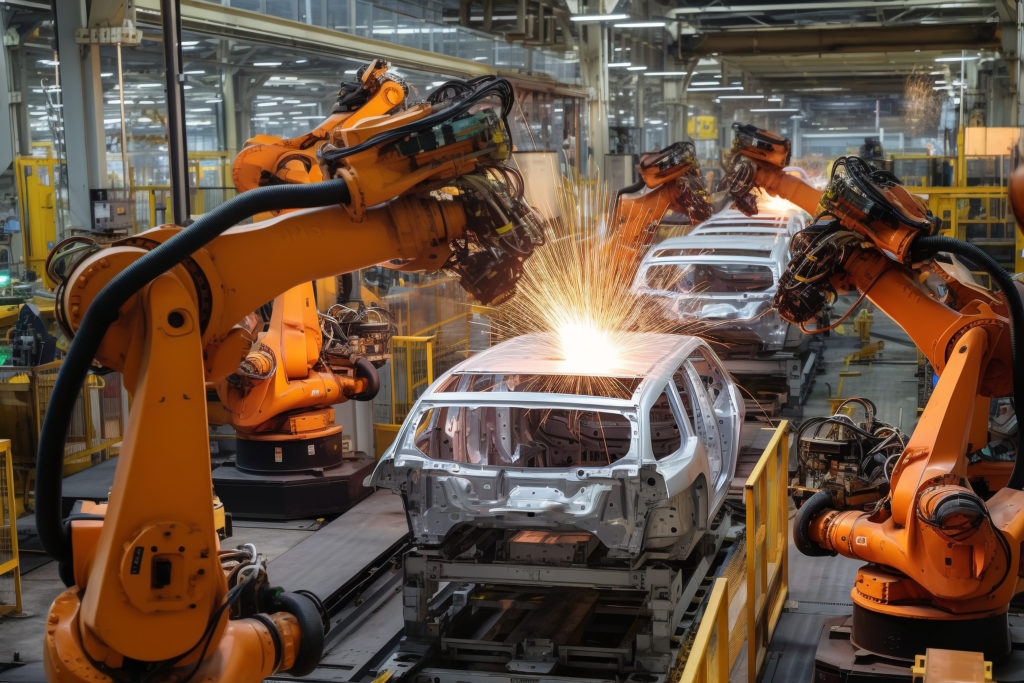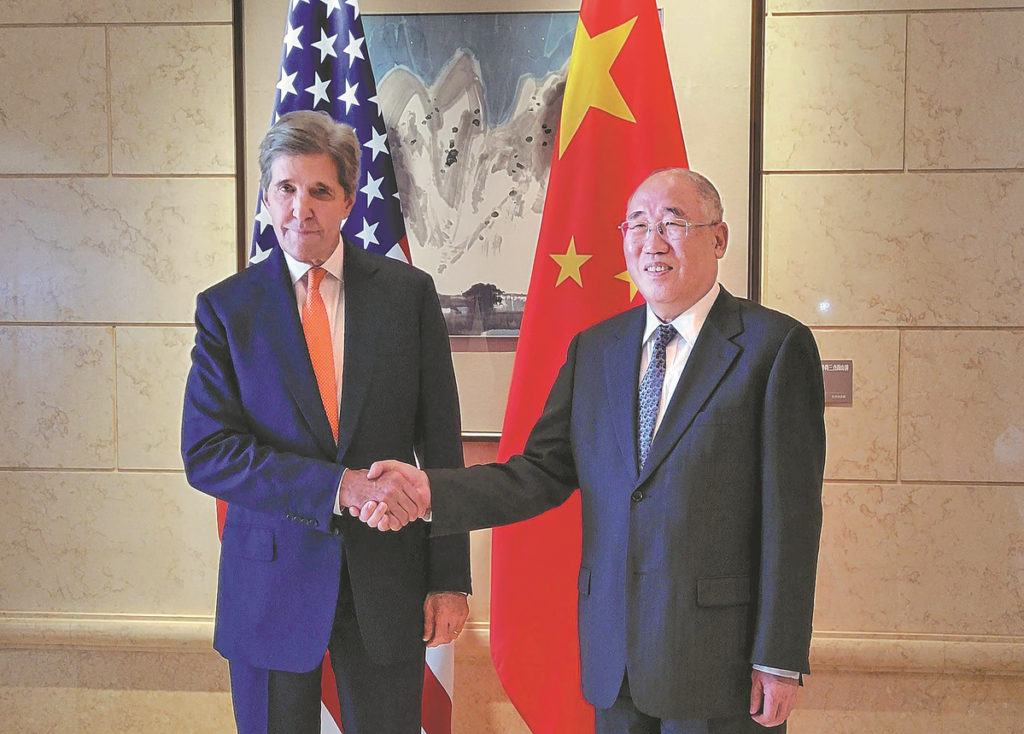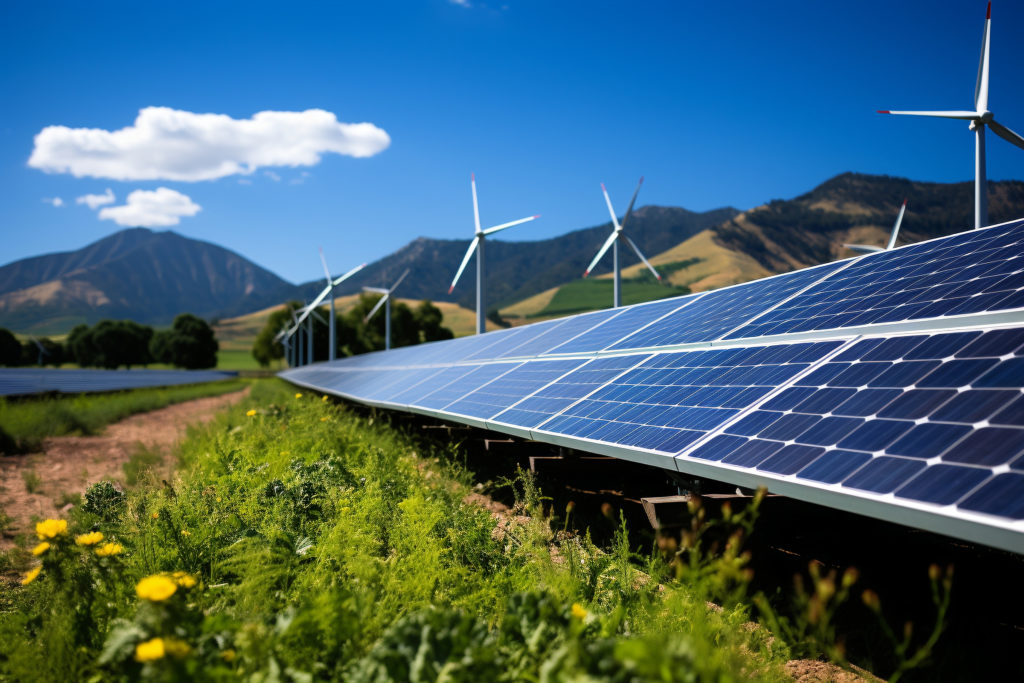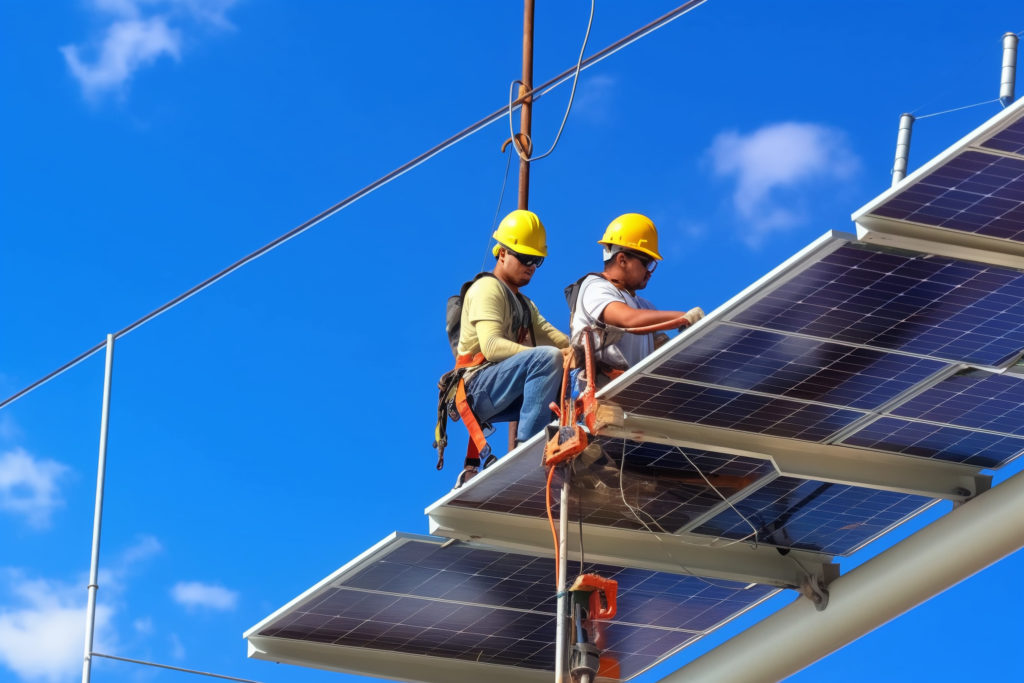China’s financing cooperation with Africa shows “open possibility” to solve Africa’s debt problem
Tang Xiaoyang, Professor, Department of International Relations, Tsinghua University
China’s financing cooperation with Africa has demonstrated an “openness to possibilities” characterized by three main features: first, it is free of political preconditions. Second, it adopts pragmatic and diverse forms of financing, considering both the business requirements and national strategy. Third, its debt assessment mechanism puts more emphasis on the actual situation and the dynamic development potential, rather than following the standard based on a single development mode set by western financial institutions.
The difference on financing approaches between the “West” and China should not be taken as a simple competition between two political models, it actually reflects the divergence of perspectives on economic development. For African countries, comparing the two approaches may help them have a chance to think deeply about debt and adjust their policies. However, this does not mean taking sides, (…) The fundamental way out of the debt problem is still for African countries to form their own social consensus and lead all sectors and industries to make a concerted transformation.










